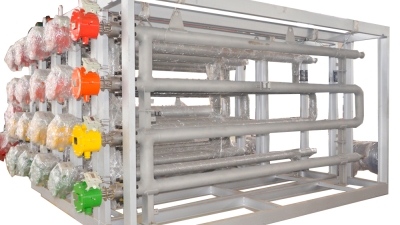How to Effectively Source China Industrial Heating Bundle Quotes for Your Business Needs
Table of Contents
- Understanding the Industrial Heating Market in China: Key Statistics and Trends
- Best Practices for Sourcing Quotes: A Step-by-Step Guide for Businesses
- Evaluating Supplier Credibility: Important Metrics for Industrial Heating Solutions
- The Role of Technology in Streamlining Quote Acquisition Processes
- Comparative Analysis of Heating Technologies: Cost and Efficiency in China
- Leveraging Data-Driven Decisions for Optimizing Heating Bundle Procurement
- Exploring the Benefits and Features of China-Made Industrial Electric Heating Skids for Efficient Temperature Control
- FAQS
- Conclusion
- Related Posts
These days, with the industrial world getting more competitive than ever, finding the right equipment isn’t just a detail — it’s a key to success. Companies are really zeroing in on efficiency and dependability, so it’s no surprise that demand for top-notch heating solutions is booming. I recently read a market report from ResearchAndMarkets that says the industrial heating scene in China is expected to grow at over 5% CAGR up until 2027. That growth is fueled by tech innovations and a stronger focus on energy efficiency. If you're running a business and want to fine-tune your operations, getting accurate and detailed quotes for China’s Industrial Heating Bundles has pretty much become a must. At Jiangsu Weineng Electric Co., Ltd., we totally get how tricky it can be to navigate this market. We’re a high-tech company specializing in explosion-proof electric heaters, and with our experience in design, manufacturing, and commissioning, we’re here to help businesses make smarter decisions and find the heating solutions that really fit their specific needs.

Understanding the Industrial Heating Market in China: Key Statistics and Trends
The industrial heating scene in China is going through some pretty big changes lately. It's not just about new tech; it's also about how energy demands are shifting around. If you look at the numbers, the global market for heating equipment is expected to jump from around $115.6 billion in 2025 to nearly $172 billion by 2032, growing at about 5.8% each year. That’s a clear sign that businesses are really looking for smarter, more efficient ways to heat things up—especially if they want to boost productivity without killing the planet.
And with everyone talking about going green and adopting renewable energy, it’s no surprise that this is impacting the industry too. Innovations in solar, wind, and hydropower aren’t just making headlines—they’re actually changing the game for industrial heating. Chinese companies are hopping on this train, trying to match these trends by adopting cleaner tech and stepping up their energy efficiency. Reports are saying that more and more, renewable sources are making their way into heating systems, pushing manufacturers to pour resources into R&D to meet tight environmental rules and the growing demand for greener options.
How to Effectively Source China Industrial Heating Bundle Quotes for Your Business Needs
| Product Type | Average Price (USD) | Market Demand (Units/year) | Growth Rate (%) | Key Applications |
|---|---|---|---|---|
| Electric Heaters | $150 | 100,000 | 5 | Manufacturing, Food Processing |
| Industrial Furnaces | $5000 | 25,000 | 3 | Metallurgy, Ceramics |
| Steam Boilers | $7000 | 15,000 | 4 | Energy, Textile |
| Infrared Heaters | $320 | 50,000 | 6 | Construction, Agriculture |
| Heat Pumps | $2000 | 30,000 | 7 | HVAC, Refrigeration |
Best Practices for Sourcing Quotes: A Step-by-Step Guide for Businesses
Looking for quotes on industrial heating bundles from China can feel pretty overwhelming at first. But honestly, if you follow some simple best practices, it can make the whole process way smoother and help you find what you need without headaches. A good starting point is to set up a clear plan for how you want to source these parts. Think about exactly what specifications you need—what type of heating solutions work best for your operation—and make a list of potential suppliers who specialize in those areas.
Once you’ve got your criteria down, hop online or check out industry networks to connect with reputable manufacturers. Using these networks not only gets your name out there, but you can also get some peace of mind from reviews and recommendations from others in the field. When you reach out for quotes, keep your message straightforward: explain what you’re looking for and invite suppliers to share their solutions and pricing. This back-and-forth kind of communication really helps with transparency and sparks some healthy competition, so you can land the best deal possible. Oh, and don’t forget—adding sustainable practices into your sourcing approach is a smart move. More and more customers are into eco-friendly solutions these days, and showing you're committed can boost your brand's reputation and trustworthiness in the market.
Evaluating Supplier Credibility: Important Metrics for Industrial Heating Solutions
When you're looking into industrial heating solutions from Chinese suppliers, it's really important to check out how trustworthy they are. Stuff like production capacity, quality certifications, and what other customers are saying—these are all things you definitely want to pay attention to. If a supplier can efficiently ramp up production, that’s usually a good sign they can handle your business needs without any headaches. Plus, certifications like ISO are pretty much a must-have—they show that they follow international quality standards, so you can feel more confident the products will meet your operational demands.
But these days, it’s not just about the usual metrics. Sustainability is becoming a huge deal. More and more, companies care about renewable energy and eco-friendly practices. So, you should also look for suppliers that use energy-efficient tech and have green manufacturing processes. For example, those who incorporate renewable energy sources like solar or biomass, or use energy storage solutions, aren’t just cutting costs—they’re also showing they care about reducing their carbon footprint. Checking out how committed they are to sustainability can give you a peek into their long-term stability and whether they fit with your company’s goals for the future.
The Role of Technology in Streamlining Quote Acquisition Processes
When you're dealing with the competitive world of industrial heating, reaching out to manufacturers like Jiangsu Weineng Electric Co., Ltd. for quotes is pretty much essential if you want to keep your operations running smoothly. Nowadays, using the latest tech to gather quotes can really save you time and hassle — it’s a game changer. Recent industry reports even show that companies using automated quote-to-cash systems can cut down processing times by as much as 60%. That means they can spend more time focusing on big-picture strategies instead of drowning in paperwork and admin tasks.
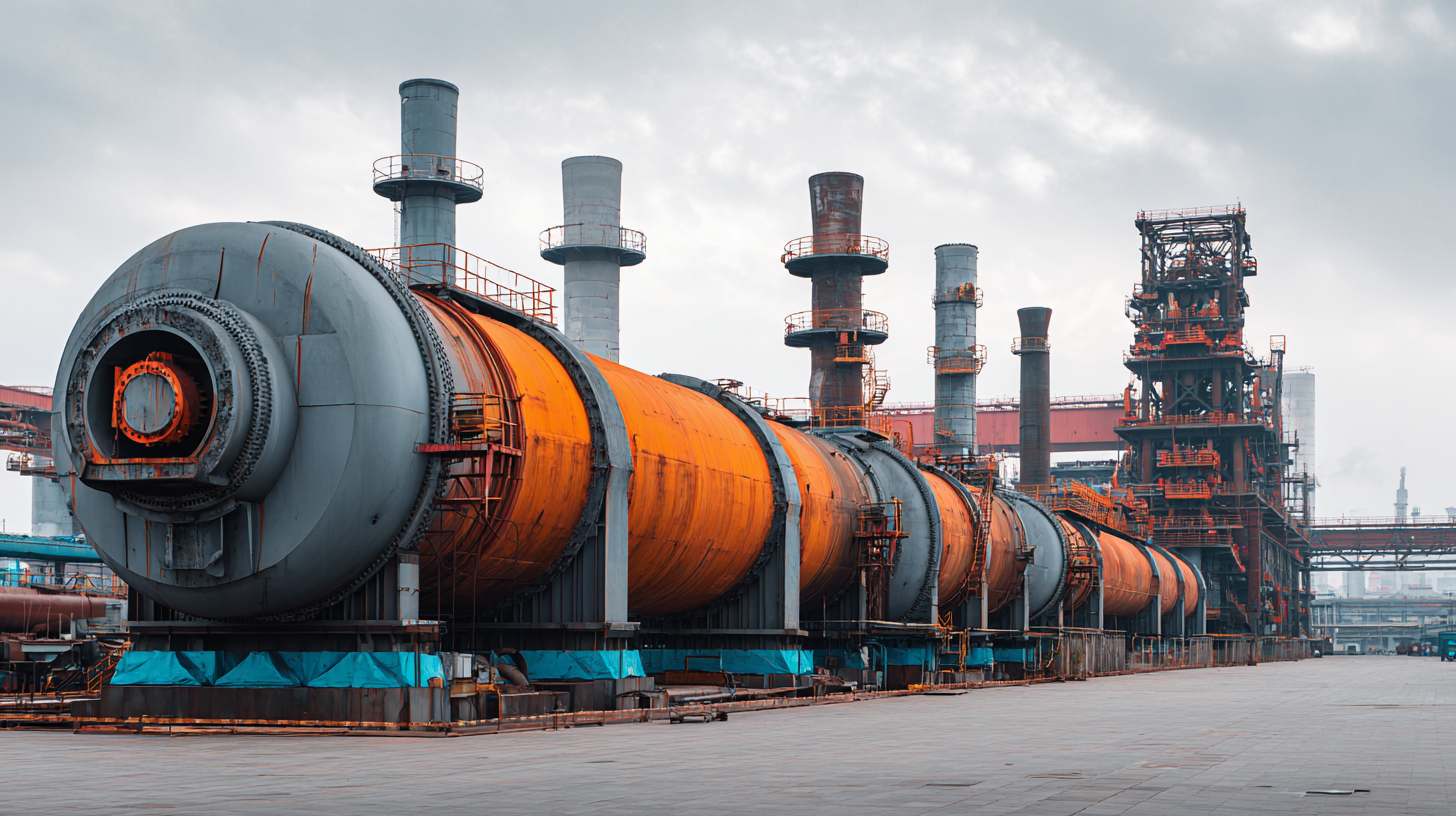
Plus, more and more businesses are jumping on the AI and cloud tech bandwagon for procurement. It’s making everything faster and more accurate—less room for mistakes that usually happen with manual quote requests. For example, seeing how AI has transformed the insurance industry gives us a good idea of how these tech innovations can boost efficiency in sectors like industrial heating too.
Companies that embrace these digital tools get better visibility into their supply chains and can make decisions more quickly. All of this adds up to smarter sourcing strategies that really match their unique needs. As the market keeps changing, staying on top of these new tech trends is going to be crucial if you want to stay competitive—that’s just how it goes nowadays!
Comparative Analysis of Heating Technologies: Cost and Efficiency in China
When you're looking into different heating options for industries in China, it’s really important to get a handle on both the costs involved and how efficient these solutions are. The market for heating cost distributors is expected to grow steadily—from around $217.9 million in 2025 to about $159.2 million by 2033, with a CAGR of roughly 4.0%. That’s something businesses definitely need to keep in mind when choosing their heating setups. Oh, and the whole debate over heating in southern parts of China? It’s heating up — no pun intended — with supporters and critics both sharing their views, especially about the specific areas that are most affected by these discussions.
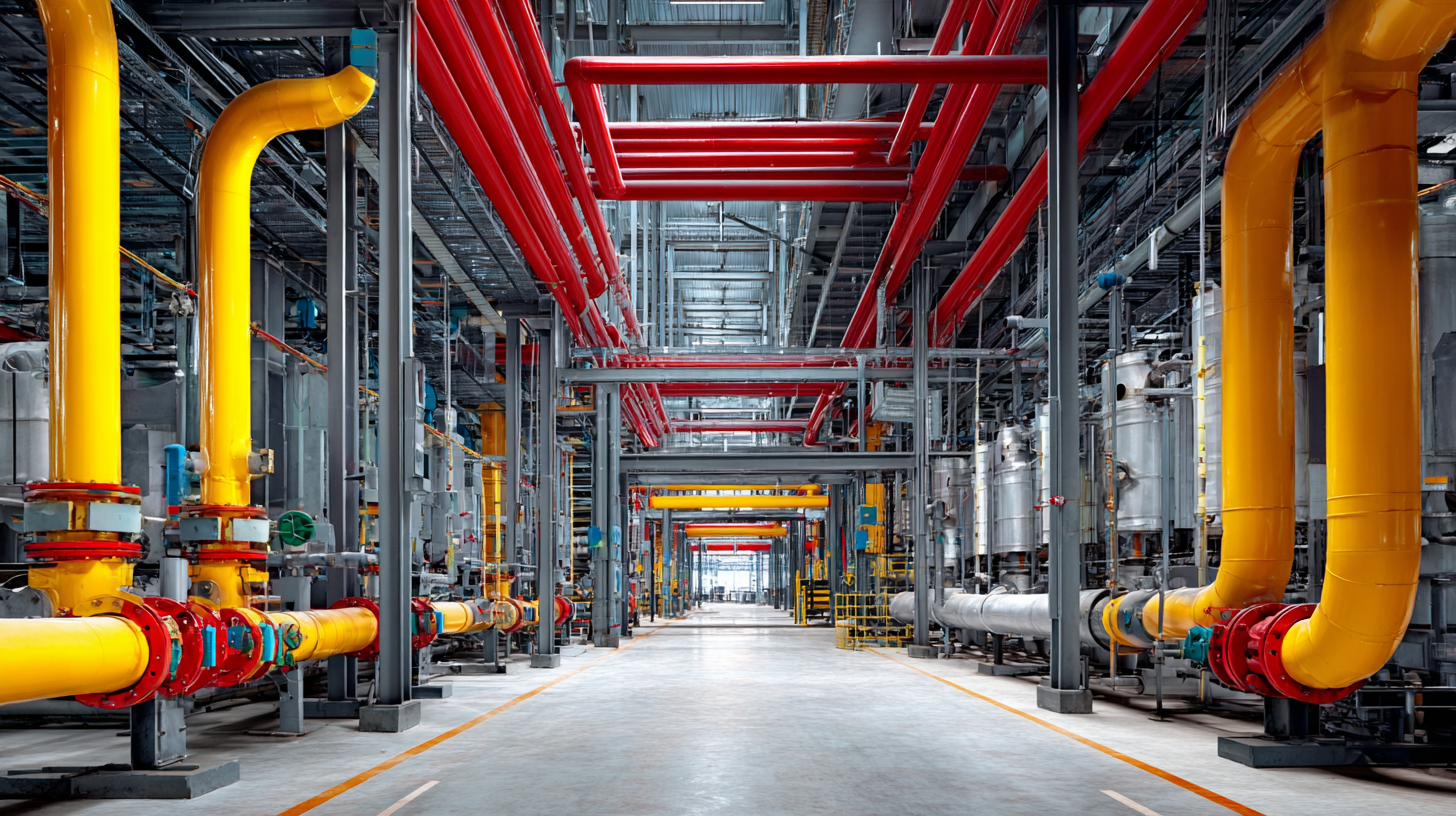
On top of that, new energy-saving technologies are really shaking things up in the heating world. As sustainability keeps climbing the priority list, companies are feeling the pressure to adopt smarter, more innovative heating solutions. These new technologies not only help cut costs but also boost efficiency, which is pretty much a win-win. As more advanced heating options pop up, businesses have to consider how these innovations will impact their ability to stay competitive, not just locally but globally. Basically, this whole analysis of heating tech in China highlights how crucial good cost management is — and at the same time, stresses the need to shift towards more sustainable and efficient practices across different industries.
Leveraging Data-Driven Decisions for Optimizing Heating Bundle Procurement
When you're looking to source industrial heating bundles from China, making decisions based on solid data really makes a difference. Using analytics can give you a clearer picture of market trends, how your suppliers are performing, and current pricing strategies—helping you make smarter choices. A good starting point is to gather past data on your previous orders and interactions with suppliers. Take some time to analyze this info; you'll likely spot patterns or benchmarks that can give you a leg up in negotiations down the line.
Here's a quick tip: consider using a centralized procurement platform. It streamlines collecting all that data and keeps you updated in real-time about prices, supply chain status, and supplier reliability. This makes comparing options way easier.
Plus, bringing in tech like AI and machine learning can really boost your planning. It can help you predict when demand might spike or prices could change, so you can time your purchases just right and strike while the market's favorable.
Another tip—keep an eye on your key performance indicators, or KPIs, related to your suppliers and how your procurement's going. Staying on top of these numbers means you can pivot quickly if needed, saving some money and building better relationships along the way.
Industrial Heating Bundle Quotes Comparison
This chart illustrates the average costs of different types of industrial heating bundles sourced from China. The data reflects quotes collected over the last quarter, helping businesses make informed decisions based on current market trends.
Exploring the Benefits and Features of China-Made Industrial Electric Heating Skids for Efficient Temperature Control
Industrial electric heating skids, particularly those made in China, are rapidly gaining popularity due to their efficiency and versatility in temperature control applications. These skid-mounted heaters enable a small labor force to accomplish tasks that would typically require a larger crew. This innovative design allows for fewer pieces of equipment and a streamlined installation process, translating to significant cost savings for businesses without compromising performance.
The features of these heating skids are tailored to meet the demanding needs of various industries. Their compact design not only minimizes the space required for installation but also maximizes operational efficiency. The integration of advanced technology in manufacturing ensures that these heaters deliver consistent and reliable temperature control, essential for processes where precision is paramount. With lower manpower requirements, companies can allocate resources more effectively, enhancing productivity and reducing operational downtime.
Furthermore, the adaptability of these China-made industrial electric heating skids makes them suitable for a wide range of applications, from construction to manufacturing. Their ability to maintain optimal temperatures helps prevent equipment failures and improves the overall quality of the final product, making them a strategic investment for businesses aiming to enhance their operational capabilities.
FAQS
: The global heating equipment market is expected to grow from $115.57 billion in 2025 to $171.75 billion by 2032, with a compound annual growth rate (CAGR) of 5.8%.
Renewable energy sources, like solar, wind, and hydropower, are reshaping the energy landscape and prompting companies in China to integrate cleaner technologies and improve energy efficiency in their industrial heating operations.
Important metrics include production capacity, quality certifications, customer feedback, and sustainability practices employed by the supplier.
Quality certifications, such as ISO standards, are crucial as they indicate adherence to international quality norms, ensuring that the products meet operational requirements.
Advanced technology can significantly streamline procurement activities, reducing processing times by up to 60% and enabling companies to focus more on strategic decisions rather than administrative tasks.
AI enhances the accuracy and speed of procurement processes, minimizing errors and improving the overall procurement experience by creating a seamless flow of information.
With a growing emphasis on reducing carbon footprints, suppliers that use energy-efficient technologies and sustainable practices reflect a commitment to long-term viability and alignment with global trends.
Companies that adopt digital innovations can expect improved visibility across their supply chain, faster decision-making capabilities, and more effective sourcing strategies closely aligned with business needs.
By assessing a supplier's commitment to sustainability practices, such as energy-efficient manufacturing processes and renewable energy integration, companies can ensure better compatibility with their own sustainability goals.
The integration of energy storage technologies not only enhances operational efficiency but also aligns with global trends towards reducing carbon footprints in industrial heating applications.
Conclusion
In today’s super competitive world, nailing down the right China Industrial Heating Bundle Quotes is pretty much a must for businesses wanting to boost their operations and get ahead. Getting a good handle on what’s happening in China's industrial heating scene — like key stats and the latest trends — really helps you make smarter, more confident buying decisions. If you follow some proven best practices and stick to a clear step-by-step plan, you can make the whole quoting process much smoother, ensuring you team up with reliable suppliers who are backed by solid data.
On top of that, using the right tech tools can seriously boost how efficiently you gather quotes. Comparing different heating technologies — looking at both costs and how well they perform — can give you the kind of insights that help you fine-tune your purchasing strategy. And if you’re wondering where to turn, Jiangsu Weineng Electric Co., Ltd., as a leading high-tech company, is all set to guide you through this tricky terrain. They offer customized solutions like explosion-proof electric heaters that fit perfectly with your heating needs.
So, in a nutshell, staying informed and leveraging some smart strategies can really make a difference in securing the best deals—and working smarter, not harder, is the way to go.
Related Posts
-
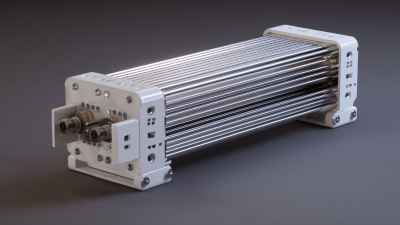
The Future of Finned Tube Heaters: Innovations Shaping Thermal Technology
-

Exploring Unique Features of Industrial Heating Bundles and How to Select the Best Supplier
-
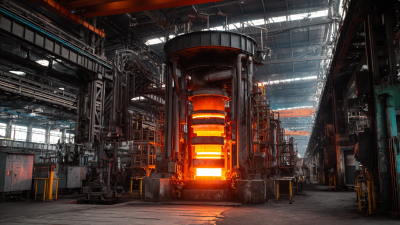
Challenges Faced by Industrial Heating Bundle Factories in Modern Manufacturing
-
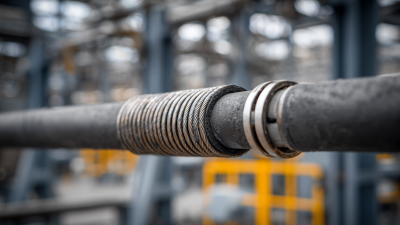
What is the Significance of Best Custom Immersion Heater in Industrial Applications
-
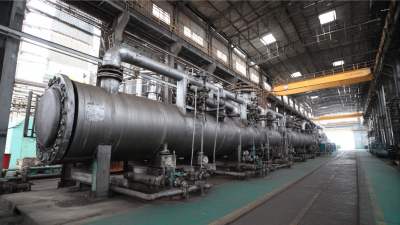
Evaluating the Top China Industrial Immersion Heaters: A Comprehensive Comparison Guide
-
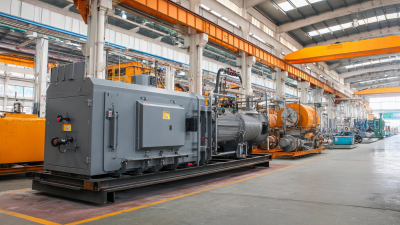
7 Tips to Choose the Right China Explosion Proof Industrial Heater for Your Business


